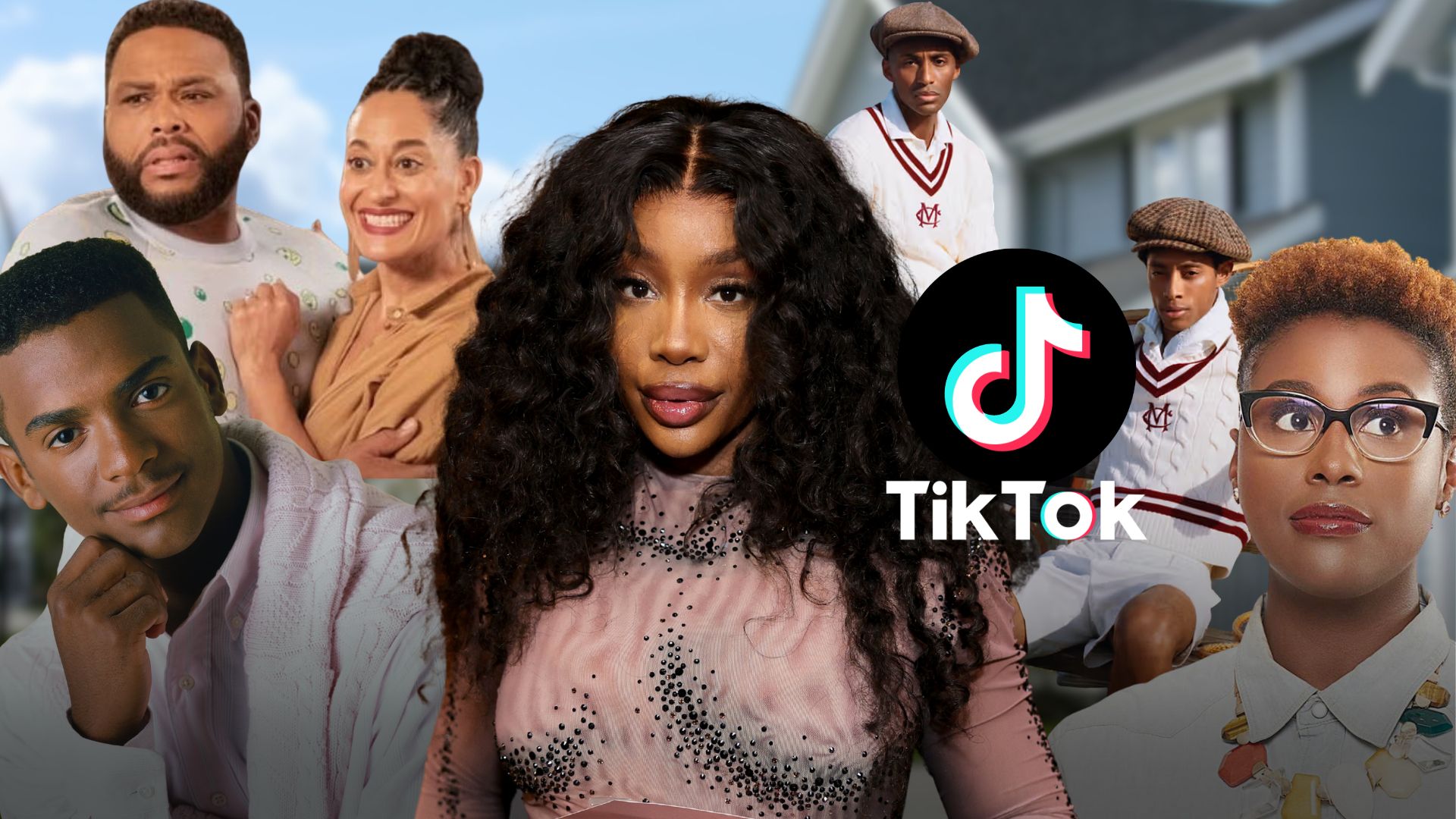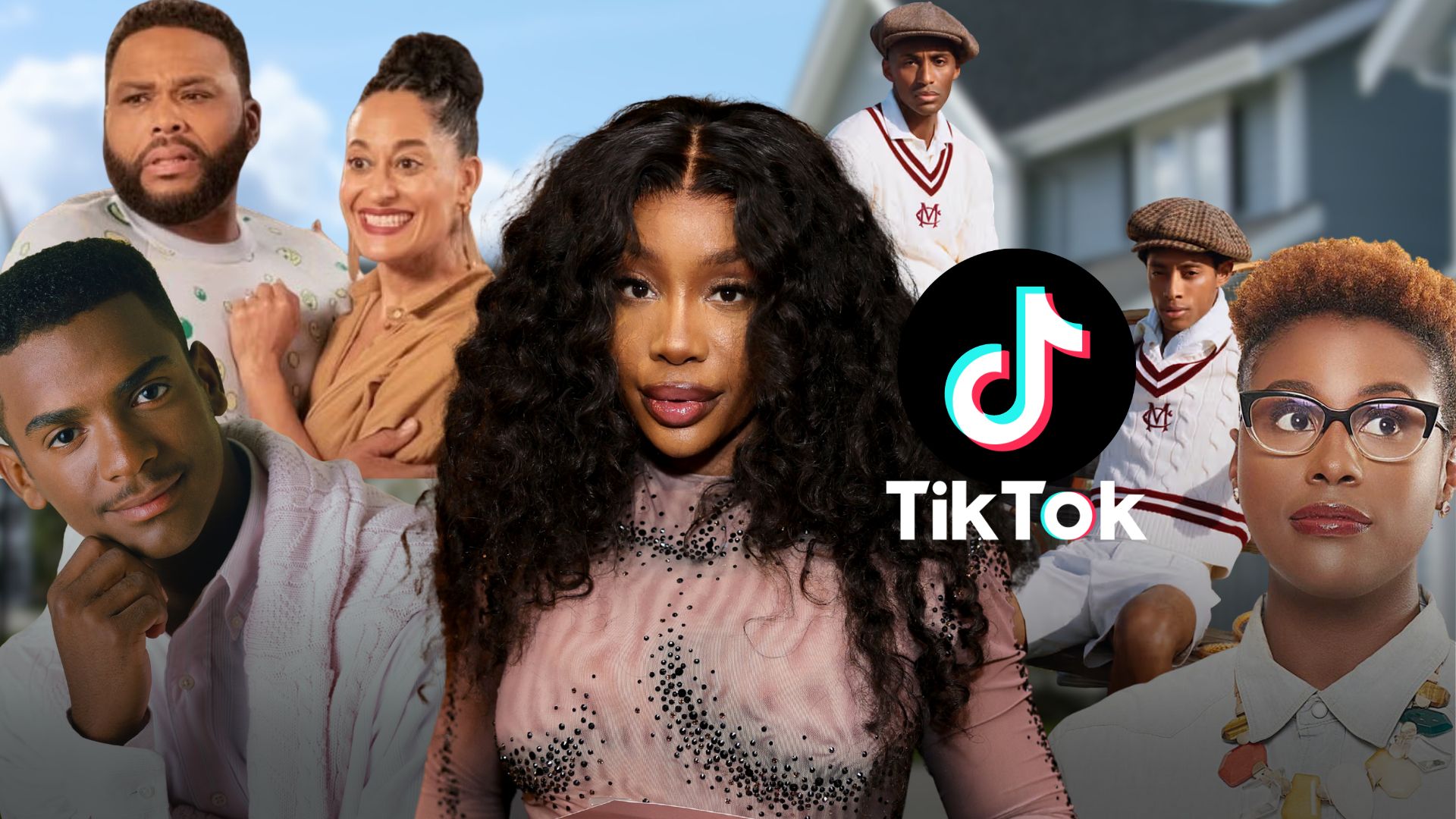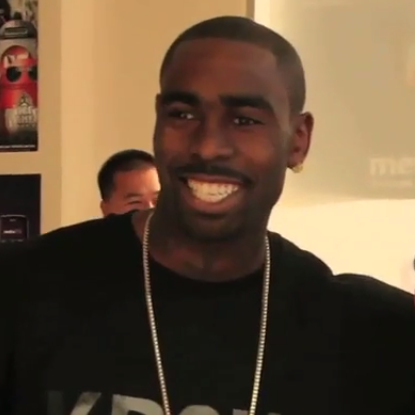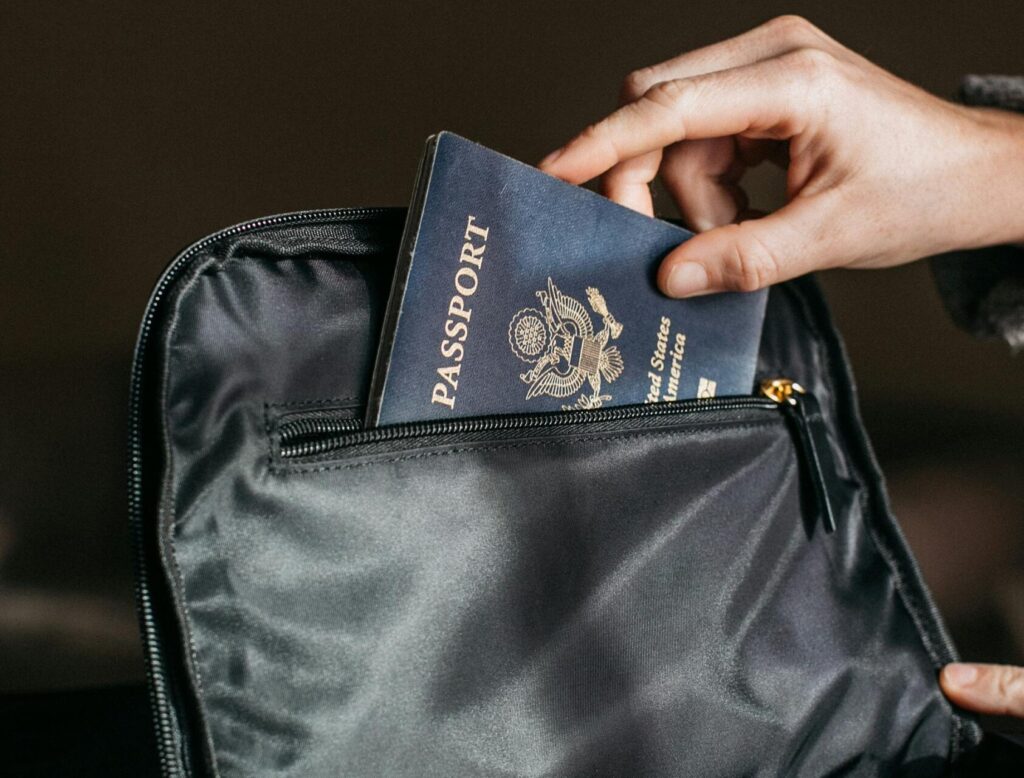
If you were to type “price of being Black in suburbia” in the search bar of TikTok, videos upon videos depicting throwback digital camera shots of Black preteens and teens — braces-clad, smiling awkwardly, smashed between several white kids either in sport photos, before prom pics, yearbooks, or early aughts slumber parties snaps — would emerge all set to the sounds of SZA softly crooning “the price of being Black in suburbia.”
Over the past several weeks, that snippet of SZA’s lyric, pulled from the interlude “Wavy,” has become a viral phenomenon as Black creators on the platform who grew up in the suburbs use it as an audio prompt to tell stories, layering childhood snapshots with confession-style text overlays. Users are unpacking the complexity of growing up Black in predominantly white spaces and the emotional cost that came with it.
This trend resonates deeply because it speaks to something long misunderstood. The experience of growing up Black in suburbia has often been treated as suspect, not quite right, and not quite real from all sides. For generations, Black suburban kids have been dismissed by their non-Black and white peers as anomalies, and by their Black peers as inauthentic. All feel they are playing at something when they’re just existing. These slideshows and videos aren’t pleas for sympathy or belonging; they’re a reassertion and a declaration.
Granted, some are using the trend as an excuse to post more stylized, neutral shots of themselves with their suburban non-Black friends, clarifying they aren’t throwing shade at the others in the images, just using the song.
Yet even those prove that the real “price” of being Black in suburbia is a constant negotiation (or explanation) of self. Many of the TikToks hint at it directly. They describe microaggressions, how kids learned to code-switch before knowing what the term meant, how they monitored their speech, hairstyles, and music tastes, and how they never felt enough. The cost wasn’t financial; it was cultural. It was learning to live in between, always adjusting, always just slightly out of sync.
What makes this moment so powerful is how it reflects a larger cultural pattern. Black middle and upper-class identity has often been sidelined or ridiculed in pop culture. From “The Fresh Prince of Bel-Air,” where Carlton is mocked for being too preppy while Will is lauded as the “real” Black cousin, to “Black-ish,” which examined Black upward mobility head-on while relying on the awkwardness and “out-of-touchness” of the suburban setting for its humor, the message has been loud and clear: if your Blackness isn’t steeped in struggle or inner-city edge, it’s not legitimate.
The Black middle class is rarely the hero in pop culture. Instead, they’re the punchline, the villain, or the ones who needs to be taught how to be “down.” This cultural script has shaped how an entire generation of Black suburban kids saw themselves. Few may recall that when Issa Rae first arrived on the scene, her whole angle was that after growing up in various predominantly white suburbs, including Potomac, Maryland, she felt like an “Awkward Black Girl.”
And yet, that’s also what makes this trend feel like a balm. Watching the videos is akin to the feeling of spotting another preppy or suburban Black kid in the room—the one who won’t question why you talk like that, won’t make you feel weird for liking Paramore, and won’t shame you for having privileges and family drama. It’s not just storytelling. It’s the way Damon Dash’s daughter looks at Kandi Burruss’ daughter on Peacock’s “Next Gen NYC” as their white, wealthy peers drop microaggressions at pool parties. It’s solidarity.
These TikToks, which arrive amid a current culture war about Black middle and upper-class life, all thanks to a new Ralph Lauren Martha’s Vineyard-inspired collection, feel like a rebuttal to the narrative that has ruled the day. They aren’t asking for permission to be included; they’re carving out the space. By pairing childhood images with alternately humorous, raw, or haunting confessions, these creators are revisiting old wounds and finally giving them language.
SZA, who has become an icon for the weird and alternative in her own right, would be the artist to give voice to a reckoning such as this. Raised in Maplewood, New Jersey, she has been open for most of her career about growing up feeling out of place in the suburbs and not quite accepted by the other kids. In an interview with People magazine, she described being labeled “weird” in high school and bullied for being different, but said she’s since come to terms with how little that perception ultimately matters.
“Everyone who experiences bullying, that just sucks, but it’s going to lead you to something, it has to,” SZA added at the time. “If you could hold on and just wait until high school is over because 10 years from now, I promise you, none of those people will matter.”





